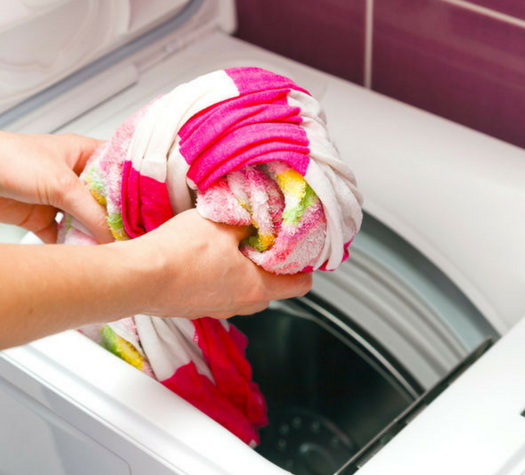One of the simplest ways to reduce household expenses and make your budget work is to save where you can. There are many things we know we can do, such as cutting back on dining out or using coupons at the store. However, there is more you can do!
You can’t live without utilities. Imagine your life without electricity or water. And then, you have your cell phone, cable (or streaming services), and gas or propane. Utilities are just as essential as a roof over your head and food.
There are ways you can lower your utility bills, but it may require a little effort on your part. These 50 ideas will help you save money — because every little bit can help!
Other money saving ideas:
- Eight Simple Tips to Save Money Heating Your Home
- The Tricks to a Low Cell Phone Bill
- What To Know Before Cutting Cable
HOW TO SAVE MONEY ON UTILITIES
Of course, if you want to negotiate on your own, that is always an option. However, there are more things you can do to save money on your monthly bills. We’ve rounded up more than 25 simple ideas you can try – most of which cost absolutely NOTHING for you to do!
If you need some help getting a handle on your bills, you can download my free bill payment log.
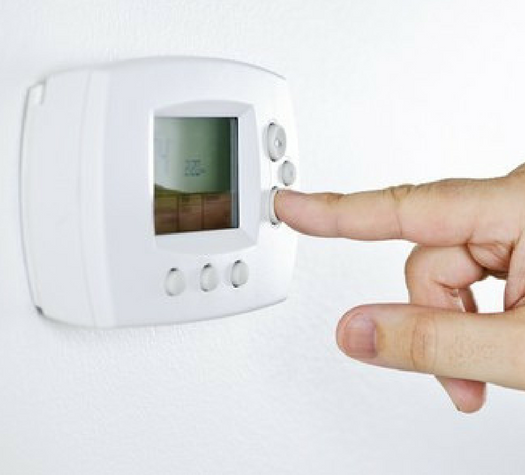
HEATING & COOLING
1. Adjust your thermostat
Did you know that adjusting your thermostat by 1 degree can save you 3% on your bill? If you like it set at 72 in the winter, try lowering it to 69 instead. That is 9% savings!
2. Invest in the right thermostat
If you want to see significant savings, invest in a programmable thermostat. According to the Department of Energy, you can save as much as 10% a year just by upgrading your thermostat. Those savings will quickly pay for the initial cost, turning this into a real money-saving method.
Make sure you find one you can program seven days a week. It is also wise to set your thermostat to adjust to your comfortable room setting around 3 or 4 pm — before peak consumption kicks in at around 5 pm. If you don’t want to deal with making the adjustment on your own, investing in a Nest Learning Thermostat is an even better option. Nest thermostats learn your living habits and will adjust the settings automatically for you (it’s a pretty smart device if you ask me).
3. Don’t block vents
It may be tempting to slide your sofa over the vent on the floor or the cold air return on the wall. But don’t. For your system to run efficiently, it needs air flow. Putting items in front or on top of your vents reduces the flow and makes your unit work harder.
4. Keep the ceiling fans running
You don’t have to keep them running at high speed. Low speeds can push cooler air down in the summer and pull warm air up in the winter (just don’t forget to reverse the fan speed for each season).
5. Use a blanket
If you are cold, don’t run to the thermostat. Grab a blanket, sweater or hoodie to stay warm instead.
6. Keep your air condition unit clean
A few times a year, look at your a/c unit and remove leaves and other debris. Make sure you keep bushes and shrubs trimmed up. Your air conditioning unit needs proper air flow to work correctly.
7. Don’t close your vents
Believe it or not, you can save more money by leaving your vents open. The reason is that HVAC systems are designed to be balanced. When one of the supply vents is turned off (aka – closed), it can put a strain on the other areas, which can result in more energy consumption – not less.
8. Clean your filter
Change your air filter a few times a year. Don’t just do it when you get your unit serviced each fall and spring. One way to save money is to invest in two reusable air filters. Rather than throwing yours away, you can spray one clean and while it dries, put the other one in your furnace.
9. Run a fan
In the summer months, keep fans running in your house (in addition to ceiling fans). Doing so keeps the air flowing. We must do this in my son’s room as it is the one room that doesn’t cool very well, no matter the thermostat settings. We keep both his ceiling fan and small fan running, and it keeps it much cooler.
10. Make your blinds work for you
In the summer months, keep the blinds or curtains closed – especially on the windows where there is direct sun exposure. However, in the winter months, open them to allow the heat to flow into your house.
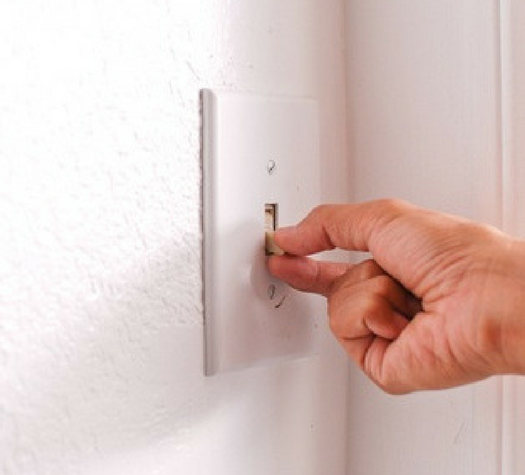
ELECTRICITY
11. Unplug items you are not using
Did you know that appliances still draw electricity when they are not in use? If you unplug that lamp or TV when you are not using them, you can cut down on your utility bill. We have a power strip that shuts down our TV, satellite dish and Bly-ray player when the TV is off. None of those draws juice when not in use.
Something as simple as leaving the television on when you are not in the room is wasting you (and the environment) precious electricity, which equals money. Get into the habit of shutting everything off when you leave the room; you can begin to save money.
12. Update your light bulbs
If you still have some incandescent bulbs in your house, consider replacing them with CFL or LED bulbs instead. These are much more efficient. (It takes a little time to get used to these, but once you do, they are no different than standard bulbs).
13. Put the natural light to work for you
Place chairs next to windows in your room and use the natural light for reading. In the winter, place furniture near the windows so the lighting can also provide heat to your seating.
14. Turn them off
When you leave a room, turn off the light. Turning a light on draws nor more energy than leaving it on. Therefore, turning off those lights when not in use is an easy way to save money!
15. Lower the hot water tank setting
Not only does this prevent burns, but it also saves money by not having to heat the water to higher temps. You can also use a hot water insulation blanket to help keep the tank from losing heat.
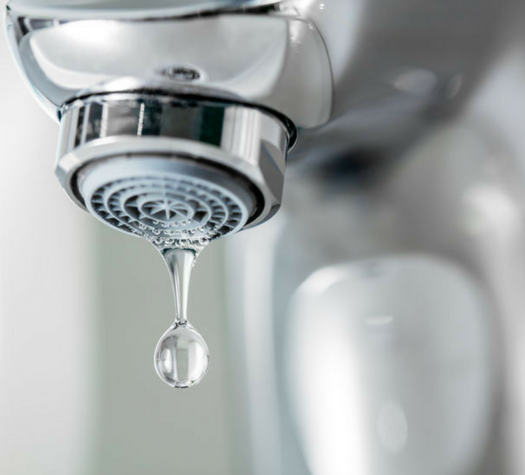
WATER
16. Shut the water off
It may sound simple, but do you leave the water running when you brush your teeth? Why not shut it off when you are brushing and not actually rinsing? Don’t run the water continually when shaving or brushing your teeth
17. Faster showers
My son is guilty of this one! He LOVED his long showers. We placed a timer in the bathroom, and he knows that when that rings, he must finish up. A few times of us making him get out with soap still on his body has helped him learn how to take a quick shower. Try it yourself and see how much water you can save.
18. Use a brick
Put a brick or jar filled with rocks (make sure it has a lid on it) into your toilet tank so that less water is required to fill the tank. Invest in low-flow shower heads to reduce water usage while showering. Put an aerator on your kitchen faucet, which can save money on your water use.
19. Don’t water the lawn
While having a gorgeous green lawn is wonderful (I love mine too), a little brown won’t hurt. So, don’t spend hours watering your yard. If you have a sprinkler system, be sure that it has a rain sensor and doesn’t kick on when you’ve recently received moisture.
If you must water, do NOT water in the heat of the sun. Water in the very early morning (5:00 am if you can) as your precious water will not evaporate away. I’ll admit that by mid-July, a lot of my plants start to look a little wilted, so I will put some water on them from time to time, but it is certainly NOT a daily occurrence.
20. Check for leaks
Take time to check for any leaky faucets or toilets in your home. It may not seem like much water loss, but it doesn’t take much to create a gallon of wasted water, which is money you are pouring down your drain (literally). The cost for a new faucet will outweigh the cost of your wasted water.
21. Replace the shower head
You can use a low flow shower head to reduce the amount of water used when taking your shower.
22. Skip the bath
A typical shower will use about 7.5 gallons of water whereas a bath usually will take 20.

WASHING MACHINE / DRYER
23. Clean your lint trap
Make sure you clean your lint trap on your dryer frequently so that it will more efficiently and not draw as much energy. Lint is also a fire trap, so just one more reason to keep it clean.
24. Use cold water
Wash your clothes in cold water, if possible. You’ll save money as there will not be a need for the water to be heated.
25. Run full loads
Make sure the machine is full when running a load of laundry. It takes the same amount of energy to run a small load as it does a larger one. If you absolutely must, make sure to lower your water settings accordingly.
26. Don’t fill the machine too full
While a full load is important, you don’t want it to overfill it either. Your dryer can’t get the airflow to run properly if it is too full and your machine can’t thoroughly wash your clothes.
Read More: Homemade Laundry Detergent Recipes Anyone Can Make
27. Extra spin cycle
If your washing machine has this feature, use it. Spinning the clothes a bit longer will remove more water and require less time to dry.
28. Consider an upgrade
If your machines are old, it might be time to consider trading them in a new, more efficient set.
29. Skip the dryer
Put up a clothesline in the backyard and line dry your clothes instead of using the dryer! If you don’t want to put small items on the line just toss them together to run the dryer once, and put everything else outside. (I LOVE the smell of line dried sheets).
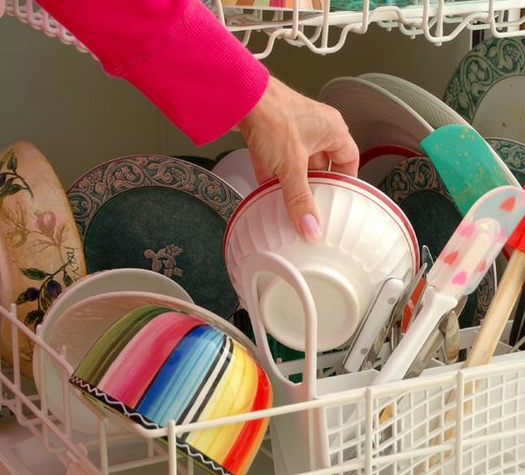
DISHWASHER
30. Skip the pre-rinse
If you have a newer dishwasher, these are designed to actually break down the food particles left behind on your dishes. When you pre-rinse your dishes, you are wasting water (and money) since your dishwasher can do this for you.
Of course, that doesn’t mean you should leave large amounts of food on the plate. Just scrape off the excess food and then load the dishwasher and you’ll be set!
31. Run it during the night
Don’t run your machine during peak usage (which is after dinner). Turn it on as you head off to bed, or use the timer and have it run in the middle of the night.
32. Run full loads
Just like with your washing machine, your dishwasher uses the same amount of water and energy to wash a small load of dishes. Make sure the machine is full when you hit the start button.
33. Skip the heat dry
Don’t force the machine to heat the air to dry your dishes. Just let them dry naturally.
34. Watch for food
Even if you remove large pieces of food, there can be time small particles get caught in the trap. Remove and clean it at least once a month, so it runs efficiently.
Also See: Save Money Running Your Dishwasher
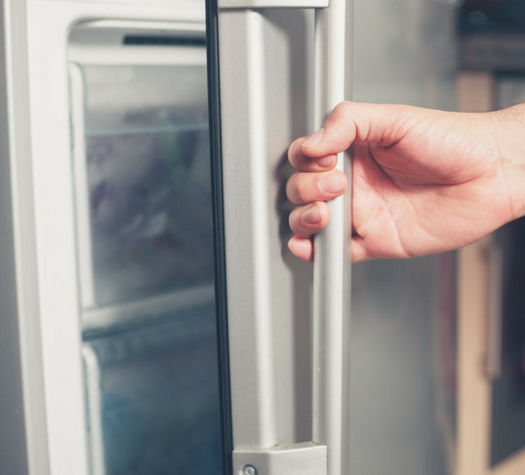
FRIDGE/FREEZER
35. Keep it full
Your fridge and freezer work more efficiently if they are full. If your freezer is nearly empty, place gallon jugs of water inside of it, so it takes up space. If extremely empty, consider unplugging it.
36. Don’t overfill
I know, I know. I just said keep it full. However, don’t overfill it either. Air has to flow throughout your unit, so if you have to much food, it can no longer do so efficiently.
37. Keep the frost away
Defrost your freezer when you see excess frost building up. Your unit will work harder to keep items cold as the prevents this from happening.
38. Check the seal
Use a dollar bill and test the seal. Close the door with the bill sticking out a bit. Try to pull it out. If you can, then it is time to update your seal.
39. Check the temp
Keep the temp on your refrigerator set between 34 – 38. Your freezer’s temp should be around 0. There is no need to have the settings any lower than this.
40. Keep dust away
Make sure that you keep the dust out from under the fridge. If your unit has coils, keep them clean. Some units may have a front lower panel that is removable. Clean out this section too.
41. Allow for circulation
As tempting as it may be to push these up against a wall, ensure that the air can flow properly around the unit. Doing so helps them run much more efficiently.
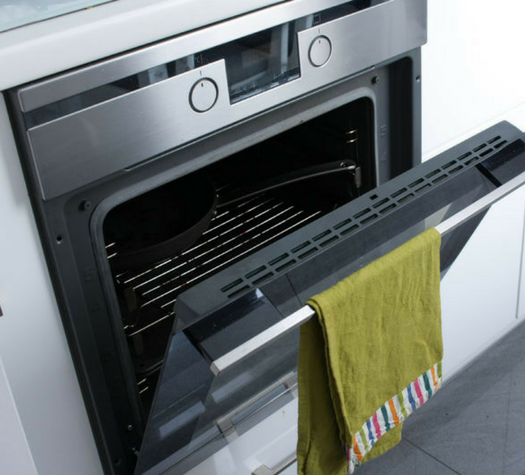
STOVE/OVEN
42. Run the self-cleaner as soon as you finish baking
You’ve already heated your oven, so take advantage of that and run the cleaning cycle.
43. Don’t bake in the summer
During the summer months, nix the baking. Your oven will heat your home making your air conditioner work harder to cool it back down again.
44. Use convection
If your oven has a convection feature, use it! This feature helps circulate the hot air in the oven, which means you don’t have to heat it quite as high to bake.
45. Use glass or ceramic
Glass or ceramic baking dishes hold heat much better than metal pans. That means you can turn the temp down by as much as 25 degrees and your food will cook just as quickly. (The same applies to cooking with glassware on the stovetop too).
46. Double batches
If you are going to have the oven on anyhow, consider cooking in double batches. The bonus is leftovers for lunch!!
47. Bake thawed, not frozen
If your oven has to thaw and bake it, that requires more energy and usually, more cooking time. If possible, thaw anything you need to put into the oven before cooking.
48. Check the seal
Check the seal regularly to make sure it works well. If you find it is loose or broken, it means heat will be lost. Ensure the seal is cleaned and if it needs to be replaced, do so.
49. Use the oven to heat your home
During the winter months, leave the oven door open after baking. That is free heat that can be used to heat your kitchen.
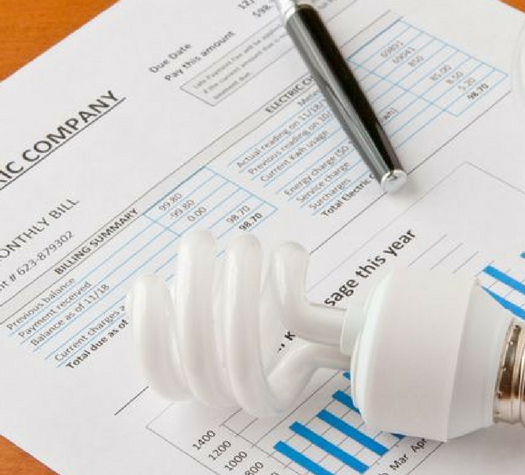
MORE UTILITY SAVINGS IDEAS
50. Watch your bills
Review your bills for excessive use. Also, compare the meter readings to ensure that yours has been properly read and recorded.
51. Change providers
You might see if you can change energy providers. For example, North American Power can help you find a new company to provide your electricity. If you live within their service area, you can find an alternative energy provider, which can result in instant savings on your electric bill!
It is a simple change you can make, and the only thing you will notice is a reduction in your energy bill! At this time, they only service the following locations: Connecticut, Illinois, Maine, New Hampshire, Maryland, New Jersey, Ohio, Pennsylvania, and Rhode Island.
52. Negotiate Your Rates
Believe it or not, it is possible to lower your monthly bills by negotiating with your utility companies. But, the trick is knowing what and how to say it. One way you might be able to do this (which is free for you to use) is a site like BillCutterz.
The way it works is really simple; you send them your bills for your phone, internet, etc. Their expert negotiators to work on your behalf. If they find savings, you will see it on your next bill. They do so at absolutely no charge to you. If they do find savings, they will split that with you 50/50. So, if they can save you $10, then they get $5, and you save $5.
53. Use budget billing
If you have been with your provider for at least 12 months, see if they offer this payment method. They divide your average usage for the past year to figure a monthly payment. This prevents you from having a $300 air conditioning bill in the summer months and helps with your monthly budget.
54. Add insulation
Have an expert come and inspect your attic to make sure you have the proper insulation. A small investment in insulating can result in big energy savings later.
